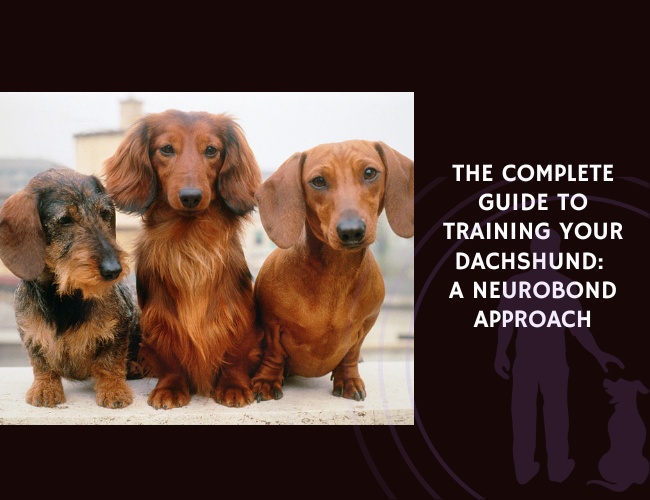Researchers from Thailand investigated how different feeding methods affect dog behavior, stress levels, and physiological indicators of welfare. The study compared stainless bowls with feeding toys, and dogs fed either alone or with their owner present, across a variety of controlled treatments. A total of four dogs participated in different combinations: bowl alone (BA), bowl with owner (BO), toy alone (TA), and toy with owner (TO).
Dogs fed using feeding toys spent more time eating, showed greater activity levels, and displayed increased engagement with their food compared to those fed using standard bowls. Notably, cortisol levels—a biomarker of stress—were significantly lower after seven days in dogs fed with toys alone (TC treatment). Additionally, dogs showed elevated heart rate and reduced heart rate variability (HRV) when fed using toys in the presence of their owner (TH treatment), indicating increased arousal consistent with engagement rather than distress.
These findings support the use of feeding toys as a form of environmental enrichment, mimicking natural hunting and playing behaviors. Moreover, the presence of the dog’s owner enhanced both active and feeding behaviors, suggesting emotional benefits and a strengthened dog–human relationship.
This study provides practical insight into how dog owners can enhance daily routines to improve their pet’s mental and physiological well-being.
Source: Boonhoh, W., Wongtawan, T., Sriphavatsarakom, P., Waran, N., Chiawwit, P., Tanthanathipchai, N., & Suttidate, N. (2023). Effect of feeding toy and the presence of a dog owner during the feeding time on dog welfare. Veterinary World, 16, 1721–1726. https://doi.org/10.14202/vetworld.2023.1721-1726
Ask ChatGPT








